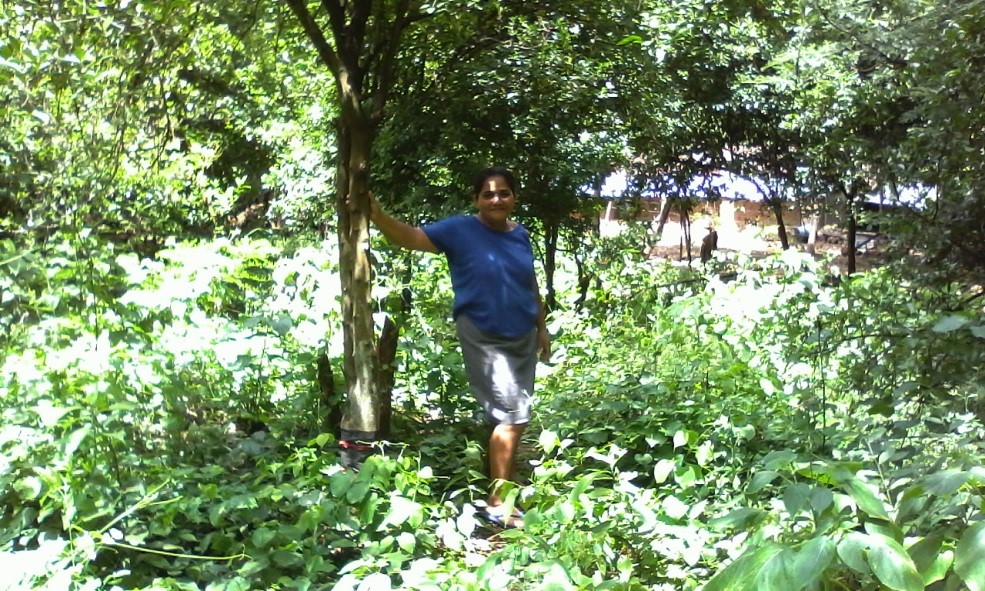Livelihoods Approach in the disaster risk reduction
Nowadays, in the field of the humanitarian action is becoming more and more common the livelihoods approach in order to create resilient livelihoods. Now I am in the field and I can understand the importance of this approach. In a moment of emergency, the priority are people, but for recovering them faster after the disaster they need their livelihoods, for that reason the response plan in case of emergency has to take into account this approach.
First of all, what does it mean livelihood? It is all the capacities (skills and talents), resources (economics, physics, naturals, humans and socials) and activities,which a population has and uses in order to find its well-being and a better quality of life. These livelihoods have to be resilient and sustainable.
The objectives livelihood approach
The aim are people
It focuses on people, their potential, opportunities, strategies and initiatives, and respects their views; so that it supports populations to achieve his own objectives for livelihoods. A holistic view A holistic view is those contemplates the various parts of a whole and relates them. For that reason in order to achieve that related to the livelihoods, this approach looks at and analyzes different factors: the multiple influences that the population receives and the multiple actors.
A holistic view
A holistic view is those contemplates the various parts of a whole and relates them. For that reason in order to achieve that related to the livelihoods, this approach looks at and analyzes different factors: the multiple influences that the population receives and the multiple actors.
Learning is dynamic
Taking into account that the changes happen in a population, it can let a lot of learning about how has to be avoided or repeat something. This approach searches its as the ongoing process evolves. In this way, it creates a continuous cycle and dynamic of changing and learning, it creates at the same time new changes. This allows maximizing the positive changes and negative changes mitigate. Emphasize the potential that has each part of the community, is better focused on this than on the needs of the communities .Likewise, the approach tries to identify and potentials the opportunities that offers by the environment.
Linking the macro with the micro.
Emphasize on the need that the policies that have been determined in high levels (Macro) have their bases in the vulnerable groups’ needs (micro)
Sustainability-oriented
Asustainable process is one can remain during a large time without spending resources and injure serious damage to the environment. The sustainability is a goal in terms of livelihoods, because it gives them the character of enduring rather than fleeting.
by Loli piqueras













Dejar un comentario
¿Quieres unirte a la conversación?Siéntete libre de contribuir!